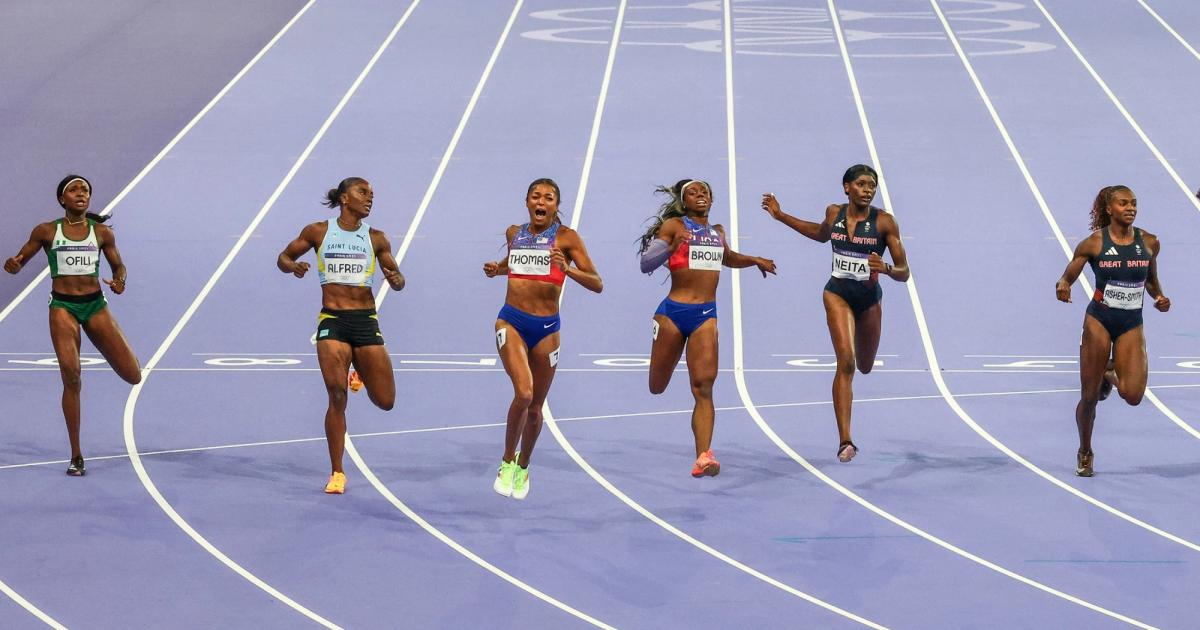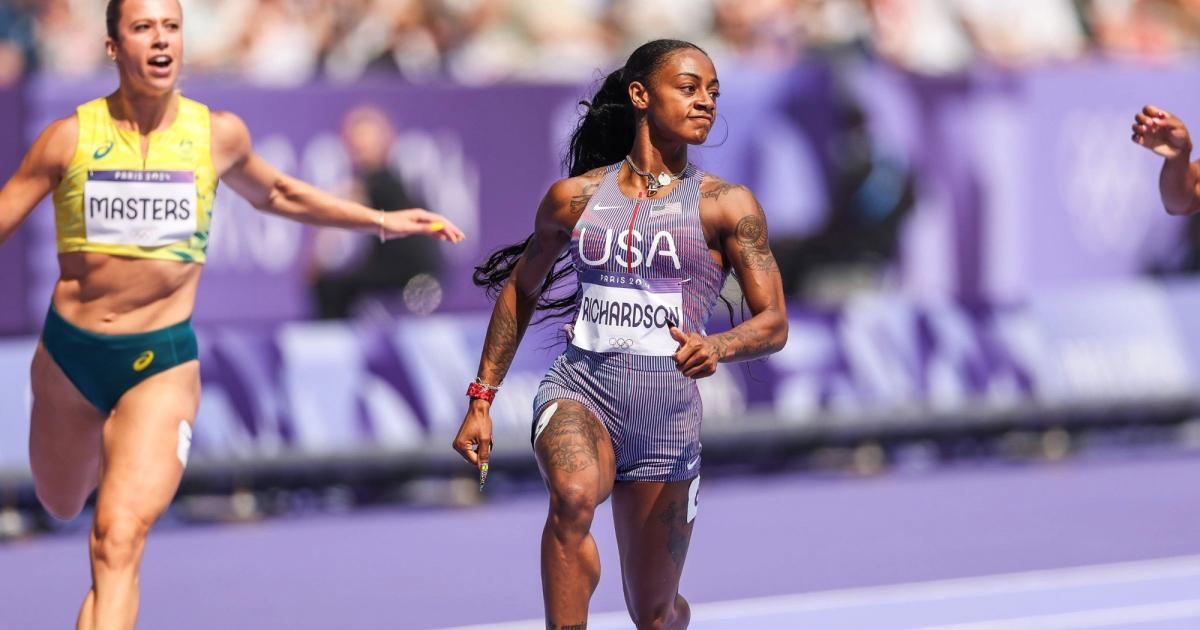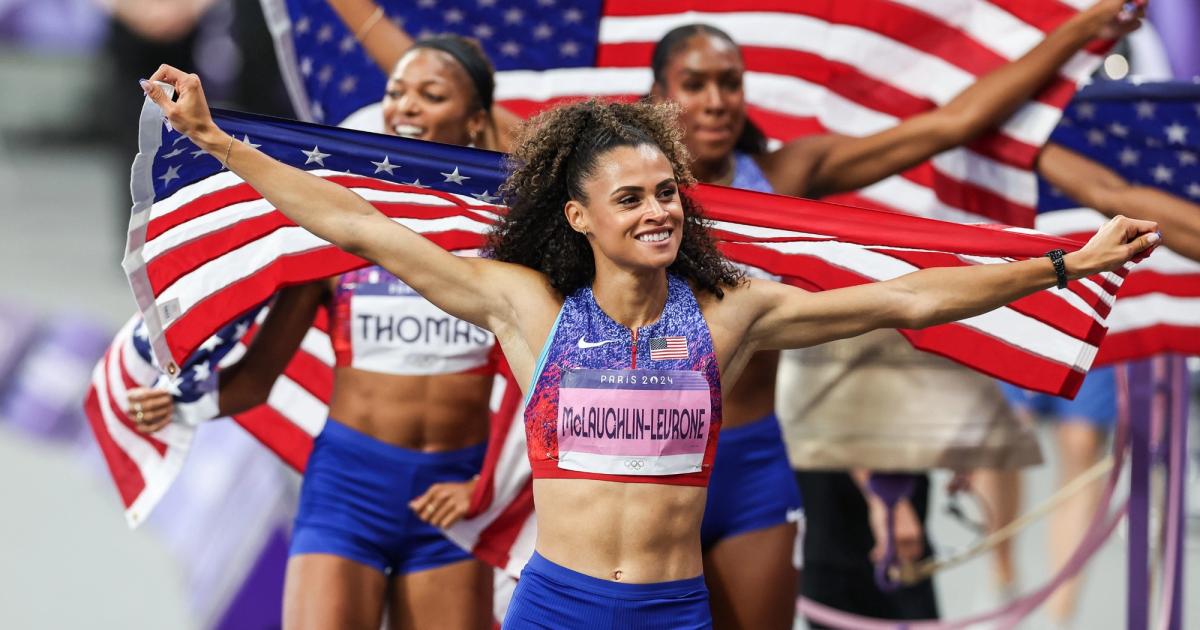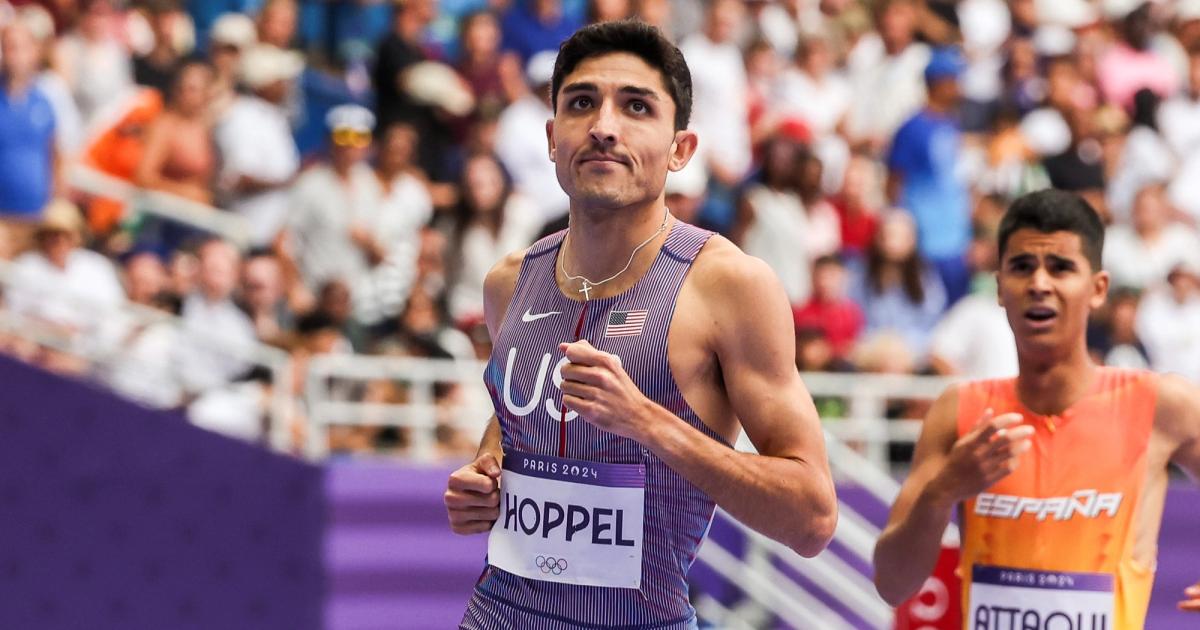By Preet Majithia
August 21, 2024
If after the Olympics you’re a new fan of track and field (or as we call it everywhere other than the USA: athletics), or even if you’re already a fan but don’t know how to follow your favorite athletes outside of the major championships, here’s a quick explainer of the season structure and the various competitions you’ll want to have on your radar.
But before we begin, we wanted to offer you the Matrix-like choice.
If you want to take the blue pill and keep up to date with the key goings on and the interesting storylines as easily as possible, then just follow Citius Mag on social media and sign up to our email newsletter to get the latest news in your inbox.
If instead, you want to take the red-ish, track colored pill and commence your journey towards being a true diehard track and field fan, then before you dive in, know that track and field needs a certain amount of dedication to follow over the regular season. There are a few things worth knowing before you step over to the other side!
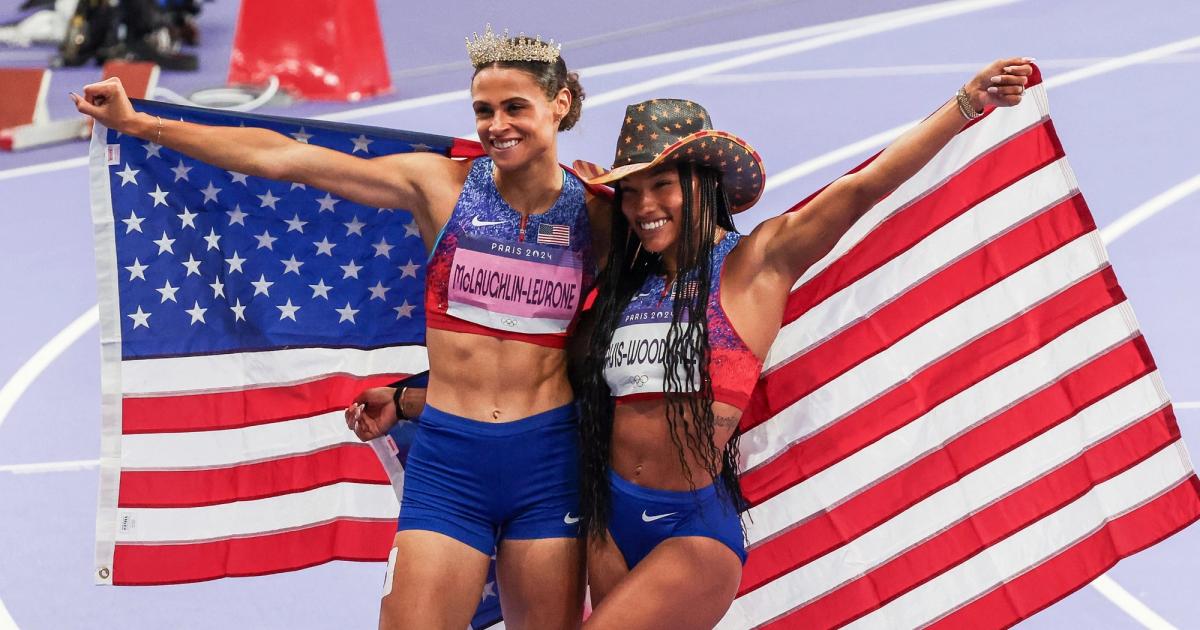
Photo by Kevin Morris / @Kevmofoto
— Follow your favorite athletes on social media to find out more about what they are up to and potentially what their next competitions might be.
— Follow Citius Mag on social media for information on the biggest meets.
— Be prepared to spend time crawling through the internet and social media to find links to schedules, start lists and live stream locations.
— Get ready to pore through event start lists the day or two before track meets to find out which athletes might be competing and get your abacus out to work out the time zone differences.
— It is often hard to know when athletes are competing or who the fields are at a track meet until relatively late in the day. Even the biggest regular season track meets don’t tend to announce the full fields of athletes competing until a week or two before, and in some cases until a day or two before. Some (but not all) athletes post their schedules or announce competitions on their social media.
— When there are three meets going on simultaneously on a Tuesday in June, be ready to have multiple screens of live results rolling on your computer and scream with excitement when your favorite Luxembourgish shot putter throws over 20m.
— Don’t be surprised to see some of your favorites competing at obscure meets in Azerbaijan and turning up three days later at another in Southern France.
If you’re ready to do all this then you need to also acquire a I ♥️ Track and Field hat.
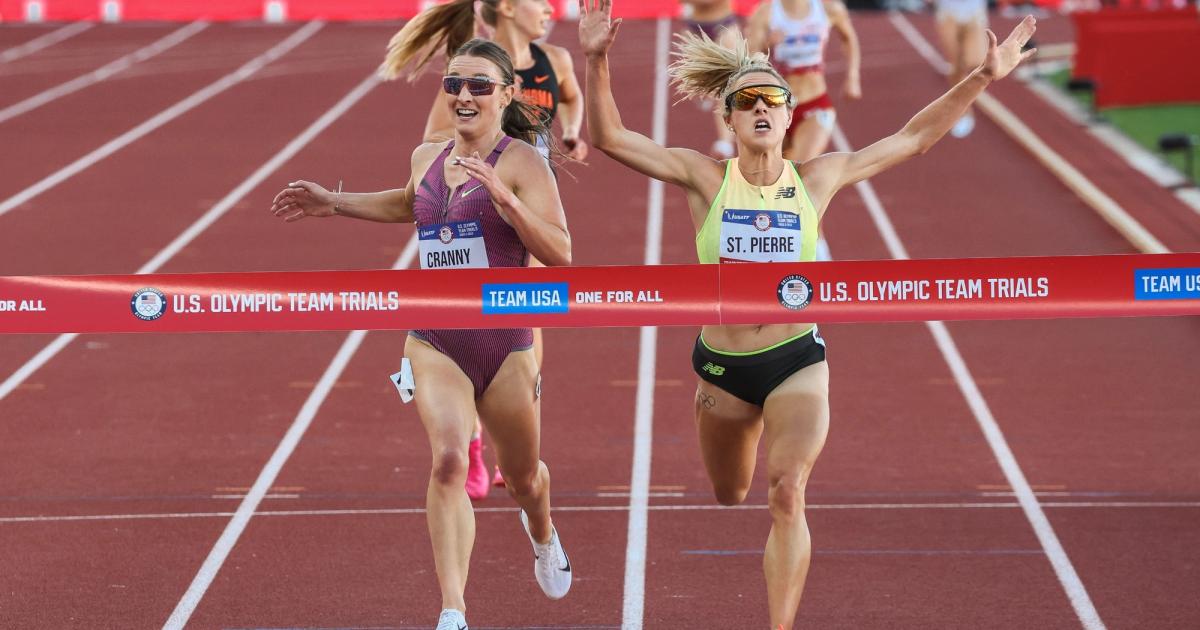
Photo by Kevin Morris / @Kevmofoto
How it works for athletes
Track and field is ultimately an individual sport and different athletes even within an event have different training systems and different goals in each year.
Typically athletes will center their seasons around qualifying for major championships, and for the very best athletes, trying to get to the final or to claim a medal at those championships.
For many of the best athletes this can be a World Championships or Olympics, but other athletes may target other events (think: regional championships such as the European Championships, or an indoor championship, or cross country Championships) where they have a better chance of making finals or getting medals.
Qualifying for major championships is complicated (and a whole article in and of itself!) but essentially it requires either attaining a qualifying mark or a satisfactory world ranking. The best chances for obtaining qualifying marks or improving world ranking, particularly for those athletes on the fringes of qualification, is by trying to gain entry to the right high quality meets. Getting entry to meets often depends on how popular a meet is and – in many cases – how well connected your agent is. For top athletes, it may depend on appearance fees, prize money, and the level of competition involved.
There’s then a second barrier, which is selection by your national federation, which in the US is decided at the highly competitive US championships but in other countries can depend on whether there are other qualified athletes in your country, or whether you meet additional ‘B’ standards set by your federation (or even, in some cases, whether your federation likes you).
The vast majority of well known major track meets are in Europe in the summer months. Some American and other non-European athletes will base themselves in Europe over the summer or hit several meets in a single trip before returning to their training base, whilst some athletes prefer not to make the long journey across to Europe that might cause disruption to their training if they are preparing for a major championships.
There are often last minute changes to the fields as athletes may withdraw last minute given the financial incentives are typically not great enough to compete at risk of getting injured if athletes feel any twinges or issues in the days leading up or even in the warm up for a meet.
Field eventers, on the other hand, tend to show up. You’re much more likely to see field eventers competing a couple of times a week over the European summer. Ranking points are critical for these athletes as the qualifying standards are typically only achievable by a small handful of the very best athletes.
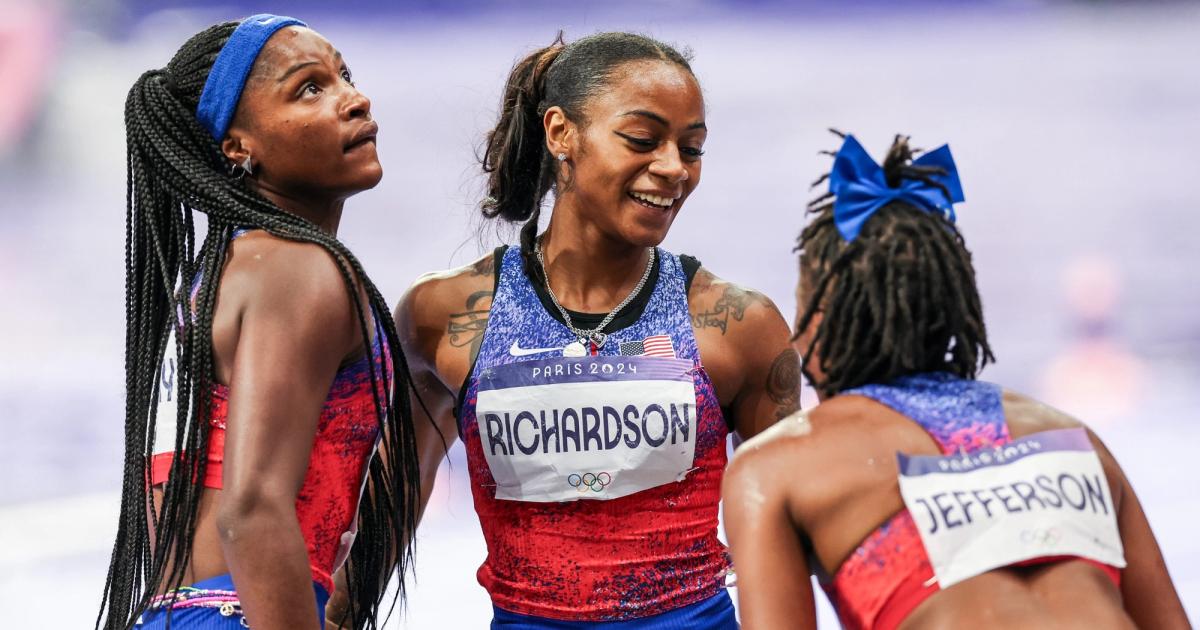
Photo by Kevin Morris / @Kevmofoto
Outdoor Track
The outdoor track season broadly runs from mid-April through to mid-September. However this is driven by the Northern Hemisphere summer, and countries like Australia and South Africa have their summer seasons flipped around, roughly from December to March.
There are a number of different competitions, and top athletes are often spread out across these as they pick specific meets for different reasons – whether its proximity, a major home meet or a desire to meet a specific goal such as a qualifying standard or testing out form against a particular caliber of athlete.
Diamond League
The Diamond League is currently the premier series of competitions on the regular season circuit. There are fifteen meets running from April to September. The vast majority of the meets are in Europe, albeit there are two meets in China, one in Qatar and one in Morocco, and the Pre Classic at Hayward Field in Eugene, Oregon, is the one US meet, typically held in May.
Each meet has a main two-hour window for TV, which typically crams in around 14 events (whether races or field events). Not every event is featured in every meet as there are 32 disciplines in total across men and women.
In many cases the competition can be of similar quality to what you’d see in an Olympic final, or at the least the entrants can consist of one or two superstars in each event. There is also an end of season Diamond League Final over two days, which is held at the last meeting of the year in September. The best performers over the fourteen regular season meets are then invited to compete in a final that typically takes place in mid-September. The final can in some cases have qualifying byes into the next world championships on the line but the precise rules on this vary from year to year.
In the US you can currently find the meets on NBC/Peacock, but they’re moving to Flotrack for the 2025 season onwards.
Citius Mag has a presence at many of the meets, and you can find post-competition athlete interviews on our Youtube channel to hear more from the athletes, as athlete interviews are typically not featured on the broadcast due to the compressed timetable.
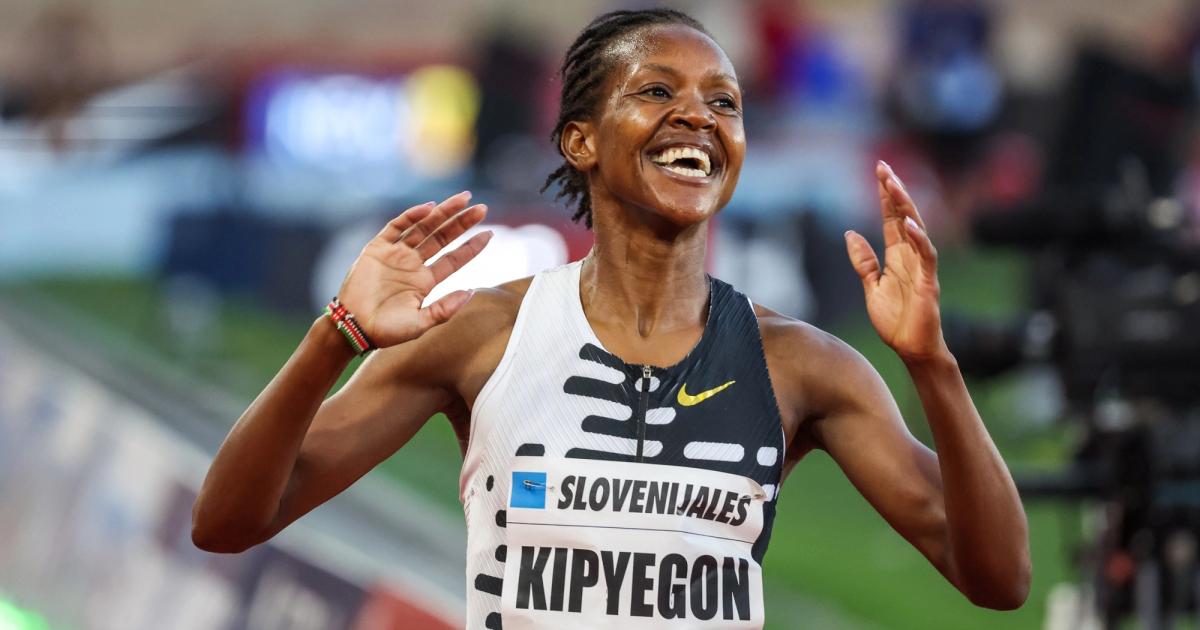
Photo by Kevin Morris / @Kevmofoto
World Athletics Continental Tour
The Continental Tour is the second tier of meets below the Diamond League. There are Gold, Silver, Bronze and Challenger level meets. The meets are accredited by World Athletics and allocated a particular level in accordance with certain criteria.
There are around 12 gold events per year, which follow a similar format to the Diamond League, with a full range of events within a compressed two hour window. Meets are streamed on Flotrack in the US and are available on the World Athletics website in many countries.
Silver and Bronze events can be full-fat events covering the full range of disciplines or they can be focused on particular event groups such as jumps, throws or distance running – there’s much more flexibility, and the categorization depends on criteria such as prize money and the facilities available. There are more and more meets registering each year into these categories which is great to see, though it adds to the complexity of following the sport.

Photo by Kevin Morris / @Kevmofoto
Major Championships
The biggest meet for track and field athletes is undoubtedly the Olympics. But this comes along only once every four years. Outside of this there are other championships to go after.
The World Championships are every two years, and are the flagship event outside of the Olympics, featuring the very best athletes over nine days of competition. They occur in odd numbered years and going forward will be the final competition of the season in those years.
There are also continental championships which are typically biannual, including the European, African, and Oceanian Championships, the Asian Games, and the NACAC Championships, covering North America, Central America, and the Caribbean. The level of competition can vary at these events, but they offer significant rankings points so they sometimes attract athletes looking to boost their chances of entry into the next World Championships or Olympics.
The Commonwealth Games also take place every four years (albeit they currently have an uncertain future as they lack a host for the next edition in 2026).
In some countries such as the US, national championships can be hugely significant as a required competition to secure a spot at other upcoming global championships. But even if not, in other countries, they can also be a great chance for superstar athletes to come and perform in front of a home crowd.
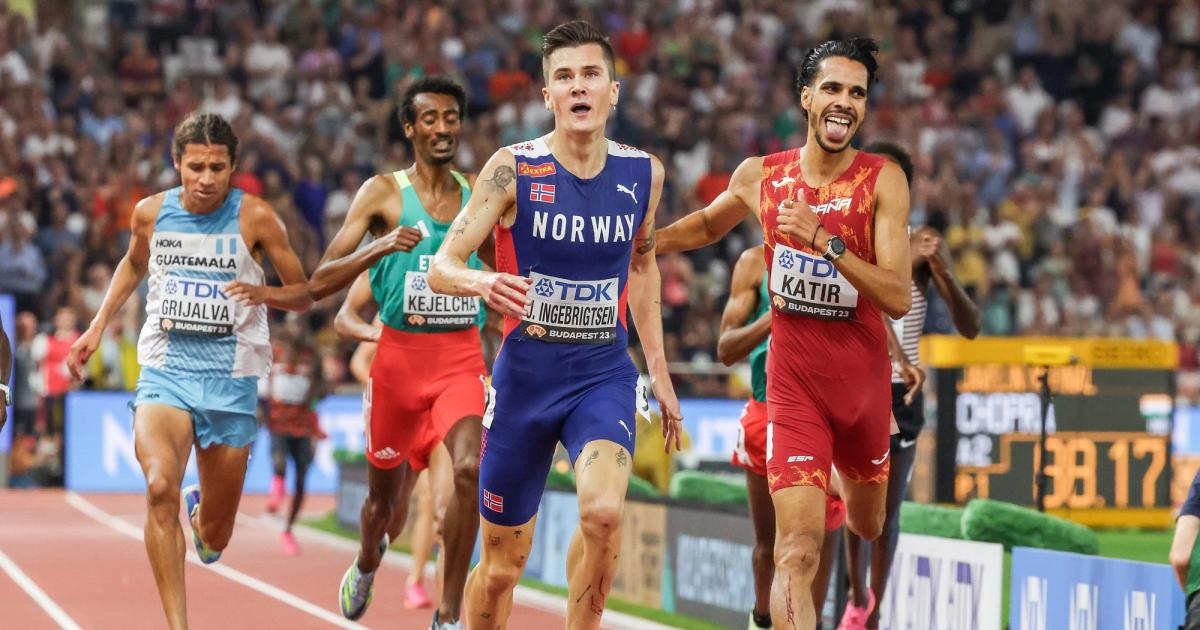
Photo by Kevin Morris / @Kevmofoto
The Future Of Track
There are a number of new track ventures which could well be the future of the sport that have all been announced this year. With the aim of bringing better prize money, improved athlete storytelling, and better incentives for high profile matchups we all hope they succeed in bringing fresh eyeballs and investment into the sport.
Athlos: a new female only track meet launched by Reddit co-founder Alexis Ohanian alongside Olympic 200m champion Gabby Thomas, with the first event taking place in September 2024 – find more details here and check out our recent interview with Ohanian.
Grand Slam Track: a new venture for 2025 by 200m and 400m legend of the sport Michael Johnson, where athletes commit to racing in two events over the course of a three day meet, across six different event categories. There will be four grand slams a year and big prize money on the line – more details here.
World Ultimate Championships: for years between World Championships (i.e. even numbered years) the season will now end with the World Ultimate Championships, which are expected to be a condensed version of the World Championships, featuring only the top sixteen athletes, and much greater prize money. Full details here.
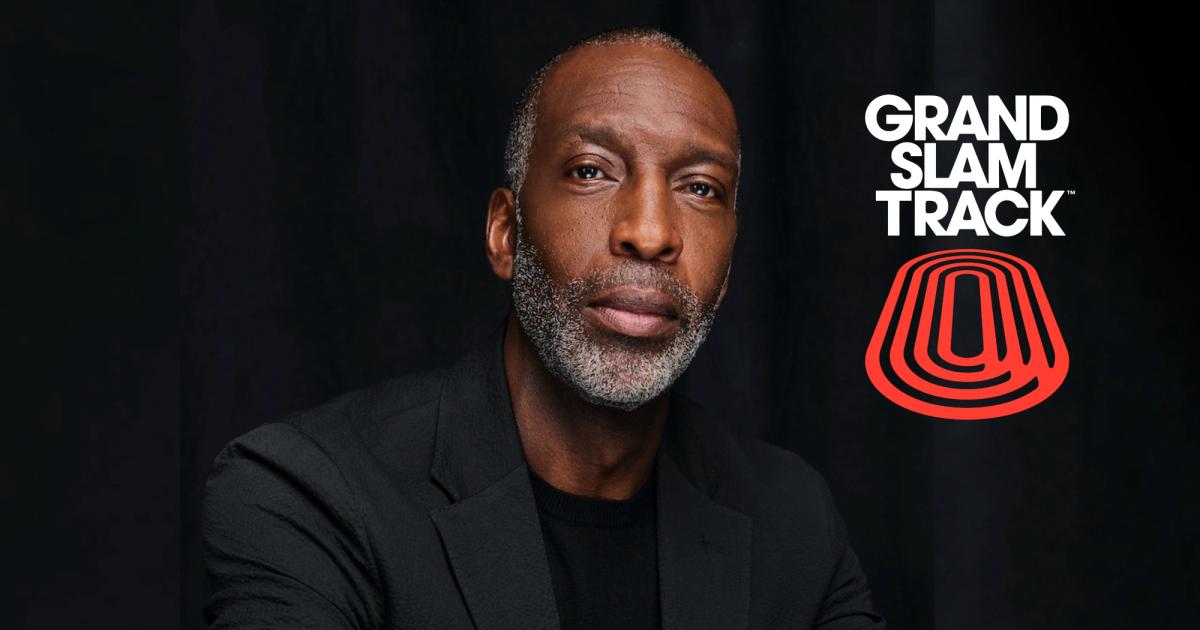
Indoor Track
The international indoor season runs from January to March although there are some lower profile meets in December. You may also see it referred to as ‘short track’ which is the new official World Athletics name, though it hasn’t fully caught on yet. This is mainly as the track is usually a shorter 200m track rather than a full size 400m track.
— Not all events are possible indoors – short sprinters typically do the 60m instead of 100m, and there’s no hammer throw, javelin, discus, or hurdles, other than the 60m variety.
— Not all athletes will compete indoors for various reasons – some prefer to keep training through, or want to avoid risking injury ahead of the major events in the summer, and some just don’t prefer the tight turns on an indoor track.
— There’s a World Indoor Tour which has Gold, Silver, and Bronze meets similar to the outdoor tour.
— There are also World Indoor Championships with global medals on the line that happen in even years (and we have an extra one in 2025 to make up for one that was lost due to the Covid-19 pandemic).
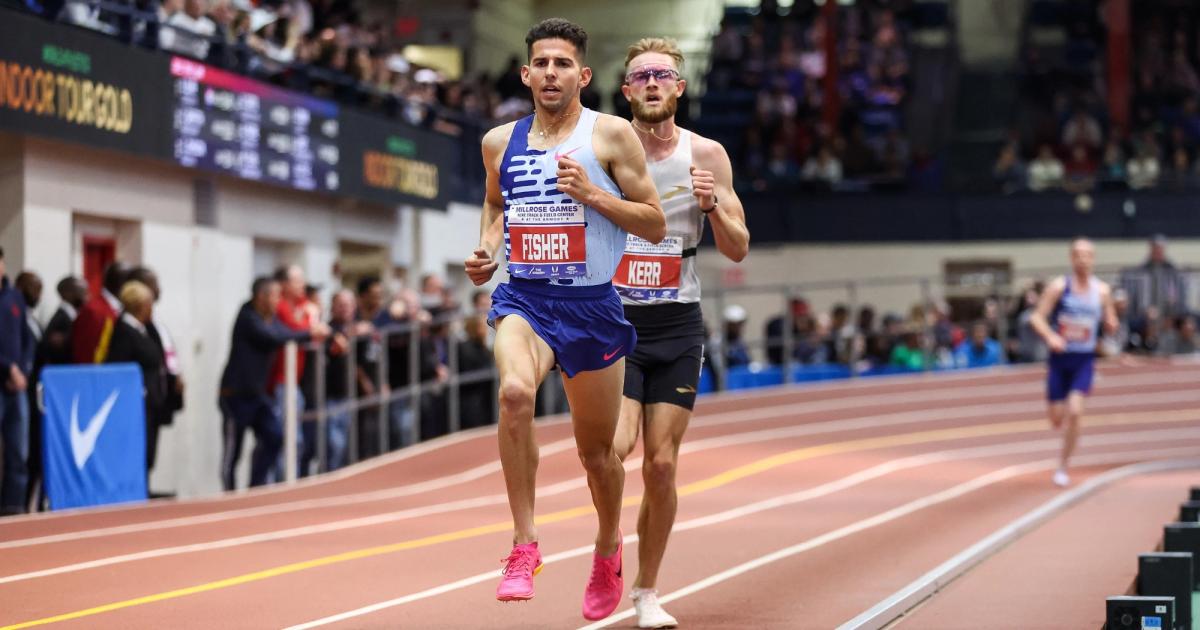
Photo by Kevin Morris / @Kevmofoto
Cross Country
The professional season typically runs from around September to January. In recent years, cross country has become less of a significant feature on the professional circuit, with relatively few of the stars choosing to to run it, and the World Athletics circuit being mostly concentrated in Spain. (There’s just more money to be earned in marathons and road racing, so this siphons the non-track specialists away from cross country.) You’ll sometimes see a few well known names running the odd cross country meet, but the only meet where any significant number of top athletes come together are the World Cross Country Championships, with the next edition being in Tallahassee in 2026.
If you are a fan of cross country then not to fear, the NCAA cross country season tends to be a much better follow, with lots of interesting storylines both individually and for various collegiate teams, and you can follow our coverage on Citius Mag as the season unfolds.
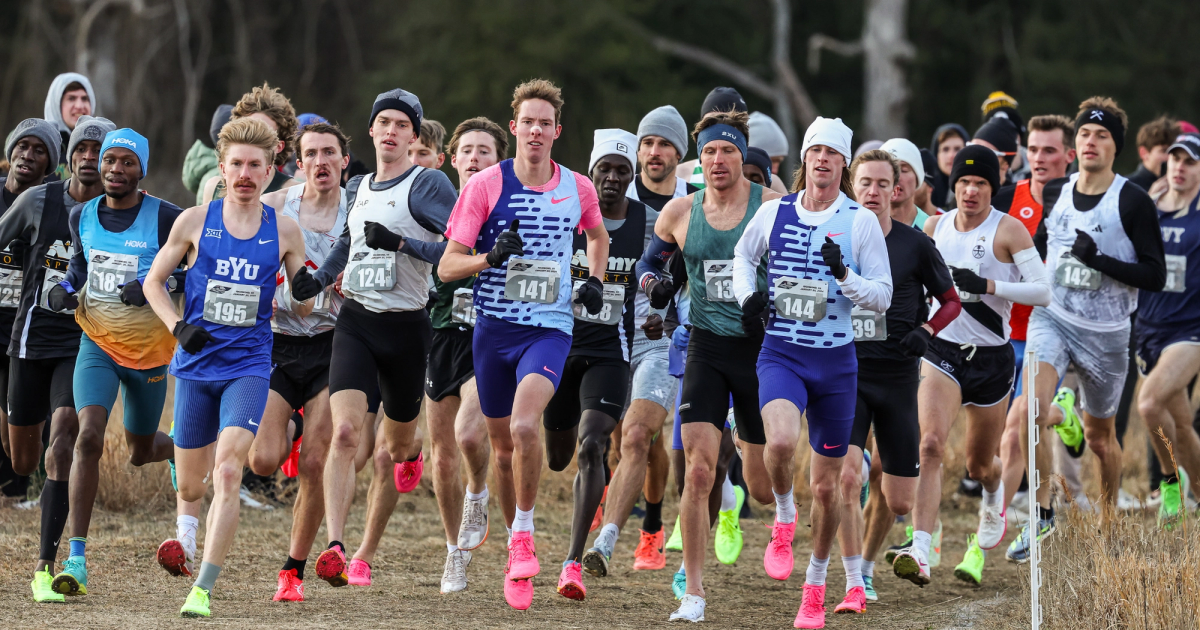
Photo by Kevin Morris / @Kevmofoto
Keep up with everything track and field by following us across Instagram, X, and YouTube. Catch the latest episodes of the CITIUS MAG Podcast on Spotify, Apple Podcasts, or wherever you listen to shows. For even more, subscribe to The Lap Count and CITIUS MAG Newsletter for the top running news delivered straight to your inbox.

Preet Majithia
Preet is a London based accountant by day and now a track fan the rest of the time. Having never run a step in his life he’s in awe of all these amazing athletes and excited to help bring some attention to the sport.
